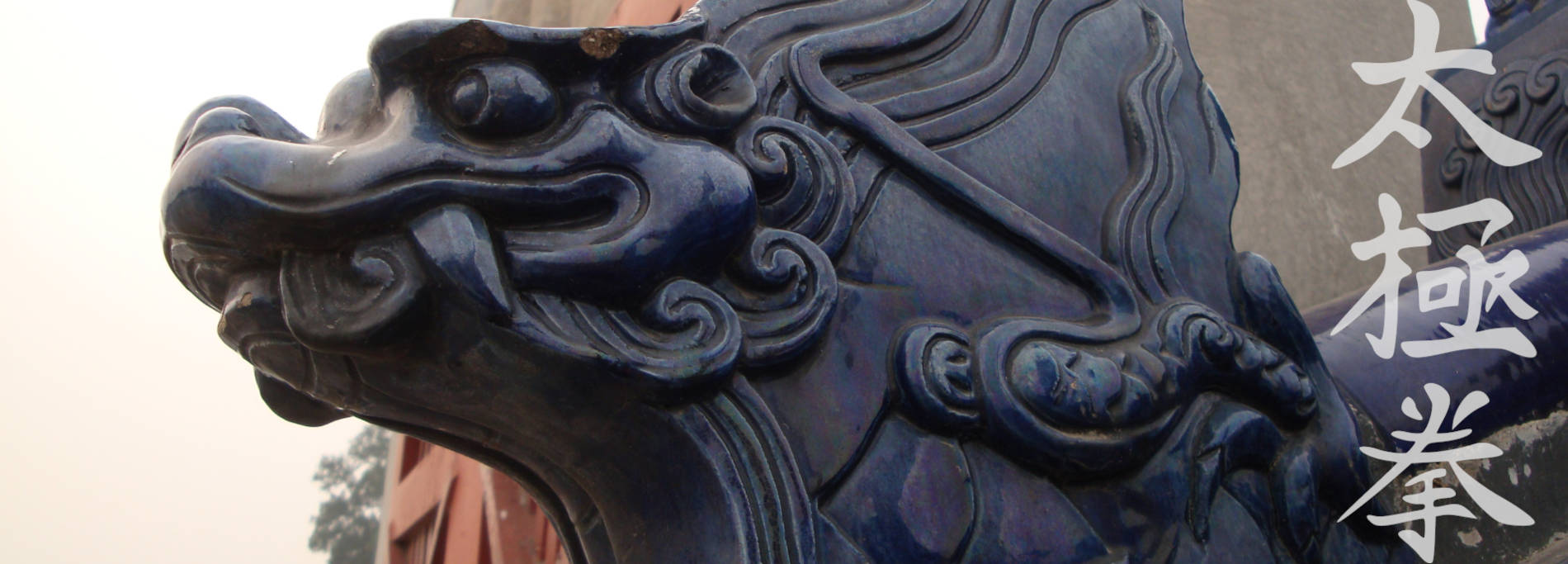Technical requirements in Chen Taijiquan
When we train the form it is important that we learn to understand the intrinsic body work and the underlying forces in the single positions. We might encounter movements which we can relate to more and some we can relate to less. But to make the form full we also need to put in certain "intentions" into all movements. To do that we also need to understand the martial usage of movement sequences.
Sometimes people might say: "There are so many applications in a movement, so don't think about them, just heed the taiji principles." Well, to me this is like saying to a piano player: "There are so many songs in this world, so don't think about them...?!" :-) But the problem is that then you will never be able to play a tune. Of course there are quite a lot of applications inside every single movement. But to understand them and to be able to apply the techniques we need to know at least a couple and to work on them. It's not techniques versus principles. But they actually complement one another. The "principles" or methods are there to make the techniques better, not to make them useless to learn.
It's just a technique...
Techniques or rather technical training is what I refer to as yongfa 用法. We basically learn and then drill a certain movement. This is necessary to understand the technical repertoire of our style. This technical training will help us understand a lot of our own body mechanics, some distances, some kind of techniques (joint locks, throws, hitting etc.) and so on. But technical training alone will not be sufficient to use the techniques in competitive situations or in self defense. We need some different training for that, like stepping skills and tactics and so on. But without any technical training at all we will never really understand the foundations of our style. So it should be clear that learning techniques is a prerequisite to any other martial training and also to understand the principles and methods inside the form.
Approaching systematic application training
It will not really be possible to train everything at once in one single exercise. So I think it is important to understand the system of application training, how exercises connect to another to eventually build up a coherent whole. There are foundational skills, lik yongfa is to me, and a lot of in-contact techniques which we can start with some from being grabbed, pulled and so on. For example, once we know some techniques, we can use them in "pushing hands" (tuishou 推手), which represent structured pushing and pulling sequences, or in "hitting hands" (dashou 打手), punching routines in close contact, or in "free hands" (sanshou 散手), fighting from a distance in order to practice kicks, footwork and bridging to the opponent.
In-contact applications seem by far the easiest way to understand the body mechanics needed to respond in a good way. Of course there are additional skills and even specializations one could get into later, for example training certain self-defense scenarios or certain competition rules if that is one would like to prepare for. That's why the common notion "is the application realistic?" seems difficult to answer. "Realistic for what context?" would be a better question, or if the application was maybe just foundational, i.e. teaching a certain technique.
Here is a short clip from my workshop in Barcelona at Pedro's school which shows a couple of techniques from the beginning of the form and how this technical training relates to some of the body work we might find in Chen-Style Taijiquan. You might notice there is no need for speed but it's more about making movements correct. After we have that control and efficiency in movements we can speed up, but not before, at least that's how I like to teach:
This one is more about how to use your body mechanics I explained beforehand in a single technique:
Sieh dir diesen Beitrag auf Instagram an
This is about using the body method (shenfa) in applications and to focus on not losing it once we get into contact with our training partner:
Sieh dir diesen Beitrag auf Instagram an

